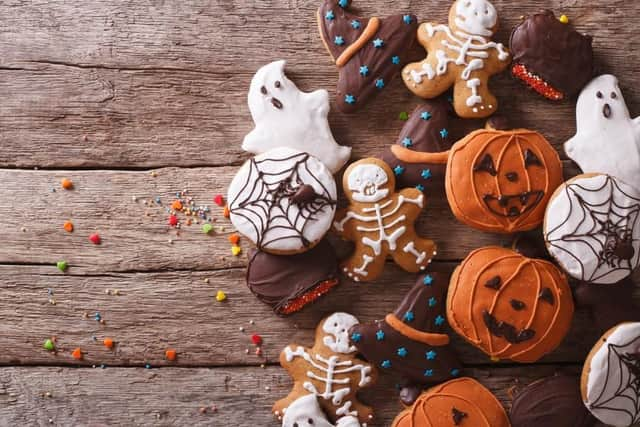Why do we celebrate Halloween? The history behind the spookiest day of the year


But why did we start celebrating it in the first place, and how did it turn into the occasion we know today?Read More: Why you must keep tight control of cash flow to ensure you are ready for a scary Halloween
Here's a quick guide to the history of Halloween.
When did we start celebrating Halloween?


Halloween is a descendant of the Celtic festival of Samhain which celebrated the end of the summer and the beginning of winter.
Advertisement
Hide AdAdvertisement
Hide AdAs the nights grew longer, it was believed that the barrier between our world and the spirit realm began to thin, allowing some passage between two.
During the Samhain celebration, the Celts would light great bonfires and pound on drums to guide visitors from the underworld, while wearing costumes to ward off malevolent spirits.
When the Romans took over, the festival of Samhain was gradually combined with the Roman celebrations of Feralia, in which the dead were honoured, and Pomona, which paid tribute to the goddess of fruits and trees.
In the eighth century, Pope Gregory III declared November 1 to be a day in which all the saints and martyrs would be honoured. This became known as All Saints Day, which made October 31 All Saints Eve, which would then evolve into All Hallows Eve, and then Allhalloween or Halloween.
Where did the modern traditions come from?
Advertisement
Hide AdAdvertisement
Hide AdMuch of what we associate with Halloween today is the product of the Americanisation it has gone through over the years. Initially, the different European traditions which met in America mixed, along with some Native American ones, to form a new kind of Halloween.
Over time, American Halloween grew into the massive commercial event we see today – an estimated $6 billion is spent each year on it.
However, many modern Halloween activities are still rooted in old traditions.
Pumpkin carving began in America but has Celtic roots – during Samhain celebrations, children would make lanterns out of turnips. When the Irish arrived in America, there were no turnips to be found, so they made do with pumpkins, and this ritual has since been fed back to the UK.
Advertisement
Hide AdAdvertisement
Hide AdSimilarly, “trick or treating” is an American term with roots in the UK. Dating back to the middle ages, 'Souling' was the British tradition of going door to door and offering prayers for the dead in return for food.
Since the 19th century, Scotland children have gone “guising” - disguising themselves as evil spirits in order to ward them off.
It is also thought that the practice of bobbing for apples is drawn from the Roman holiday Pomona, which took the apple as its symbol.
Drawing from different traditions from various countries across hundreds of years, Halloween really is a night in which things rise up from the past to mingle with the present.